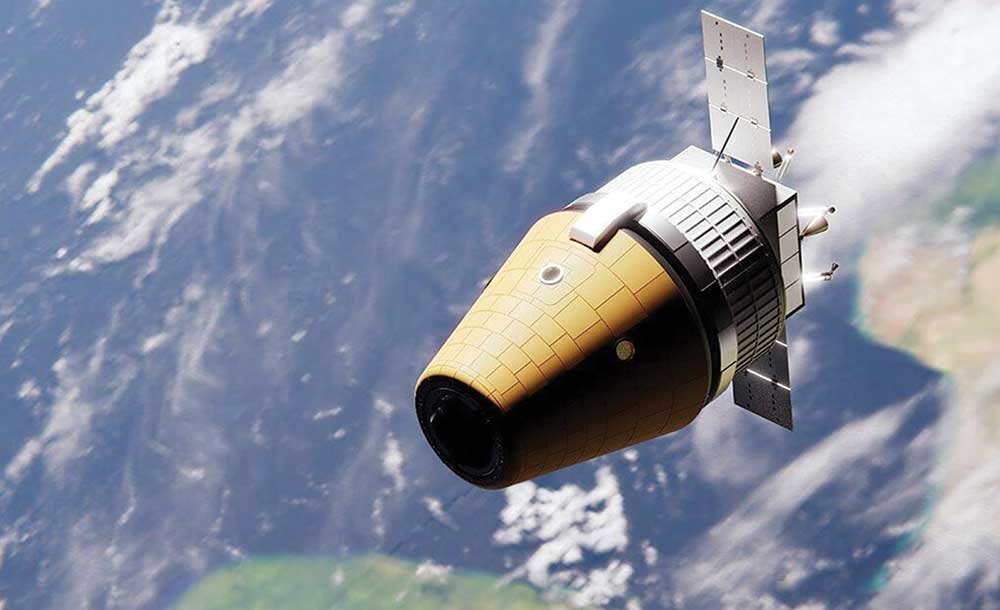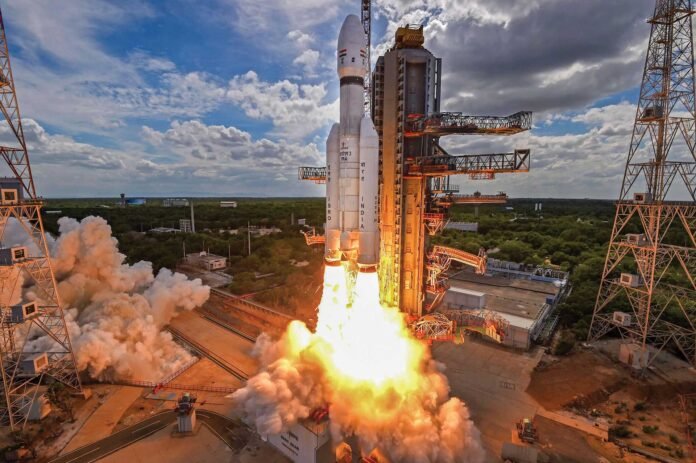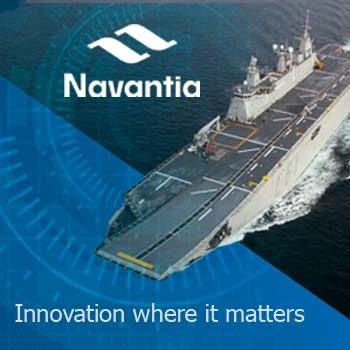In September 18, 2024, the Government of India approved the Indian Space Research Organisation’s ambitious future missions, marking a significant step forward in the country’s space agenda. These projects are designed to boost India’s technological capabilities, advance collaboration with the Indian industry, expand international collaborative efforts, and improve the nation’s standing in the global arena of space exploration. With a clear vision for the future, these missions reflect India’s commitment to advancing its space programme for the next 25 years.
The Union Cabinet has mainly approved four important space projects, including the next mission to the Moon, a mission to the planet Venus, expanding the mandate of the ongoing Gaganyaan project (human mission to space), and the conception of an Indian Space Station.
Particularly, with the success of the Chandrayaan-3 mission, Moon is finding increased attention from ISRO. For the Chandrayaan-4 mission, the government has approved Rs 2,014 crore for 36 months. This is going to be an interesting mission consisting of five modules. They would be carried to space in two different missions. The parts (modules) launched during these two missions would be joined together in space to become a complete satellite, which subsequently would start its journey towards the Moon. It would be a sample return mission in which a unit would land on the Moon to collect lunar soil samples and bring them to the Earth.
Simultaneously, ISRO is also working on a joint mission to the Moon with Japan. The National Space Commission recently approved its fifth lunar mission, called the Lunar Polar Exploration Mission (LUPEX). This is an old project and in 2017, an agreement was reached between ISRO and Japan’s space agency JAXA. However, owing to the failure of the Chandrayaan-2 mission, ISRO was keen to successfully land the lander-rover unit on the lunar surface first, before starting any other joint venture. It is expected that ISRO will shortly present this project for cabinet approval. This mission would involve JAXA building the lunar rover, and ISRO is developing the lander that will transport the rover to the Moon. There would be some sensors from various other space agencies onboard for this mission. It may be noted that both Japan and India are part of a US-led initiative called Artemis programme, which is aimed at transporting astronauts back to the Moon. India also wants to undertake its own human mission to the Moon by 2040.
The mission to planet Venus – the Venus Orbiter Mission (VOM) will be launched in March 2028. ISRO has received Rs 1,236 crore approval for this project. Studying Venus is important since it is viewed as Earth’s twin, owing to some similarities. Understanding Venus could offer some evidence about the evolution of Earth
With a successful mission to another planet namely Mars (2013/2014), India is now planning a mission to Venus. This mission, called the Venus Orbiter Mission (VOM), will be launched in March 2028. ISRO has received Rs 1,236 crore approval for this project. Studying Venus is important since this planet is viewed as Earth’s twin, owing to some similarities (there are some differences too) regarding size, mass and density. Scientists believe that a better understanding of Venus could offer some evidence about the evolution of Earth. A major commonality between the Earth’s Moon and the planet Venus is that both reside within what is known as the ‘inner solar system.’ ISRO already has a detailed plan in place for this mission. Experts Review Committee of ISRO, under well-defined broad science themes, has recommended 16 Indian payloads, two Indian and international collaborative payloads, and one international payload for this mission.
Presently, the Gaganyaan mission may be delayed. However, it is expected that the human mission may happen in 2025. There is already a government approval and budget allocation for two uncrewed and one crewed mission. Now the Union Cabinet has approved eight more missions. Half of the approved missions are meant to set up the Bharatiya Antariksh Station (BAS), Rs 20,193 crore has been approved for this.
The most important project that the government has approved is developing the Next Generation Launch Vehicle (NGLV). The main limitation of ISRO today is the non-availability of a heavy satellite launch vehicle. The project will cost Rs 8,239 crore and will take 96 months. The first launch is expected in 84 months.
As per some reports ISRO was to undertake the second mission to Mars in 2024, however, it has been delayed. ISRO is planning a very ambitious mission, when their craft is to land on the Martian surface, also they are planning to put a fully operative helicopter to fly in the thin Martian air. This mission is expected in 2026.
ISRO’s primary launch vehicle, the Polar Satellite Launch Vehicle (PSLV), is reliable and cost-effective, but its payload capacity is limited. ISRO is developing the GSLV Mk III for heavier payloads but still can carry only about 4 tonnes to the geostationary orbit. Modern-day communication satellites are normally in the 6-to-8-tonne category. Hence, for heavier payloads, ISRO depends on foreign launch services, such as French vehicles like Ariane 5. Also, there is some dependence on states like Russia and the United States/SpaceX. It would take another seven to eight years for ISRO to have the under-development NGLV operational. Hence, it looks like ISRO will continue to depend on outside agencies to launch heavy satellites for some time.

As the name suggests, ISRO is essentially a space research organisation. However, since ISRO was also required to look after India’s commercial space interests for many years, ISRO was involved in undertaking various commercial activities. For a few years now the commercial space industry has been making rapid progress and it is expected that India’s commercial space sector will play a critical role towards expanding India’s commercial footprint in the global market. ISRO has already started to transfer some of its technologies to private space agencies. However, it would take some time to evolve an operational working model of public-private partnership. India’s space startup setup is progressing, however could face some major challenges owing to the finding issues. One limitation that may befall is the availability of satellite launch facilities. Presently, India has only one satellite launch site at the Satish Dhawan Space Centre (SDSC), SHAR, Sriharikota. ISRO is developing one more launch pad but that is expected to cater essentially for the Small Satellite Launch Vehicle (SSLV). Some forward-thinking is required in this arena.
The most important project is developing the Next Generation Launch Vehicle (NGLV). The main limitation of ISRO today is the non-availability of a heavy satellite launch vehicle. PSLV’s payload capacity is limited. Hence, for heavier payloads, ISRO depends on foreign launch services, such as French vehicles like Ariane 5
The government has now approved the development of the Bharatiya Antariksh Station (BAS). In previous years, there were hints that the station could weigh between 20 to 30 tonnes. However, it now appears that the space station will weigh 52 tonnes. ISRO must, however, plan for a larger space station to meet future needs. It is important to recognise that such projects characteristically have long operational lifespans, potentially lasting three to four decades. Looking ahead, a space station weighing between 80 to 100 tonnes would be more suitable. This would house more than five astronauts for extended stays and provide ample space for a wide range of scientific experiments.
ISRO must move beyond the (unstated) policy of technology demonstration, as building a smaller station would have limited relevance. To make a meaningful impact, ISRO needs to think on a larger scale. The four important projects recently approved by the government indicate that ISRO has a well-defined plan to expand its horizons in scientific discovery and space research. These projects are expected to boost research, development, and innovation in the space domain, while also supporting the growth of the Indian space industry.
– The writer is a Deputy Director General with MP-IDSA, New Delhi. The views expressed are of the writer and do not necessarily reflect the views of Raksha Anirveda

















